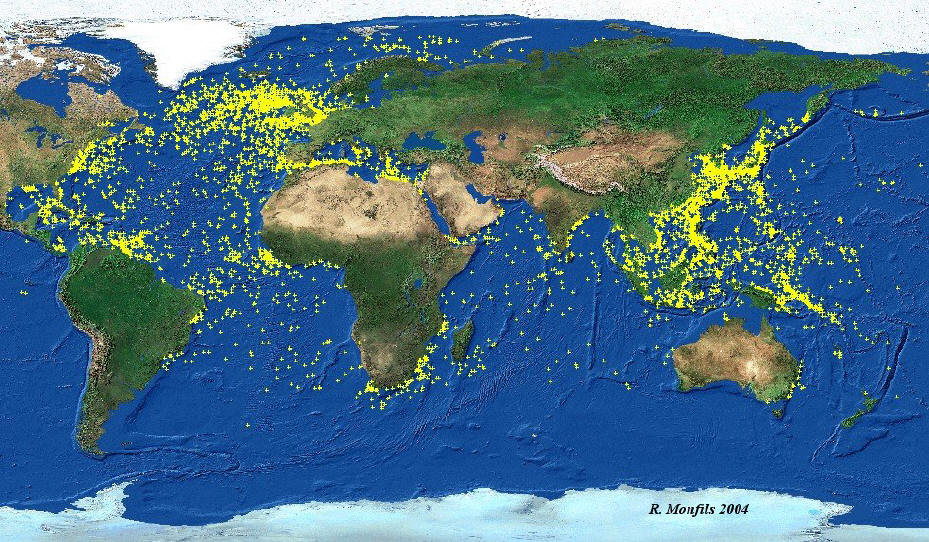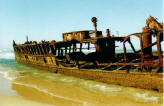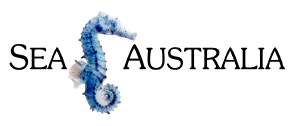|
WWII WRECKS
Throughout history, ships have been lost at sea due
to war, day-to-day trade and severe weather events. With our increasing
need to protect our oceans health from pollution, sunken shipwrecks have
recently been receiving increased attention as a potential environmental and
health threat. World War II was the single, largest loss of
shipping in a relatively short period of time the world has ever witnessed.
Over the past century the occurrence
of regional and global wars has left a legacy of thousands of sunken vessels
across our oceans. The international community is aware of the problem of
sunken wrecks and the potential pollution threat but not the magnitude of the
global problem of the scale of the threat.
The Sea Australia WWII
shipwreck database currently holds information for over 8000 vessels worldwide.
This information has been incorporated into a GIS from which we can graphically
map the data. Current information in the Sea Australia database details
ship type, tonnage and latitude and longitude of over 8000 WWII vessels. Total
tonnage of WWII shipwrecks globally currently stands at over 34 million tons of
shipping.
Current world map
showing location of WWII shipwrecks from the Sea Australia database

You are welcome to download and use these maps
provided that "R. Monfils" copyright acknowledgement remains on the image or the
following acknowledgement accompanies the image: (c) copyright R.Monfils "year".
|



